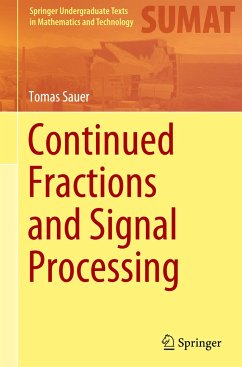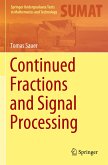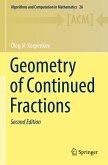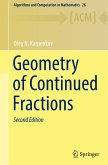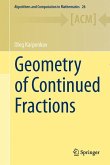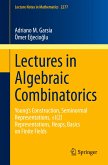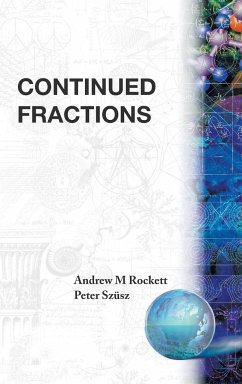Besides their well-known value in number theory, continued fractions are also a useful tool in modern numerical applications and computer science. The goal of the book is to revisit the almost forgotten classical theory and to contextualize it for contemporary numerical applications and signal processing, thus enabling students and scientist to apply classical mathematics on recent problems. The books tries to be mostly self-contained and to make the material accessible for all interested readers. This provides a new view from an applied perspective, combining the classical recursive techniques of continued fractions with orthogonal problems, moment problems, Prony's problem of sparse recovery and the design of stable rational filters, which are all connected by continued fractions.
"The author provides many references throughout the text, and readers might need to use those to fill in context and follow the development. ... One of the best uses of this book might be as a source for special projects for more advanced undergraduates." (Bill Satzer, MAA Reviews, January 10, 2022)

